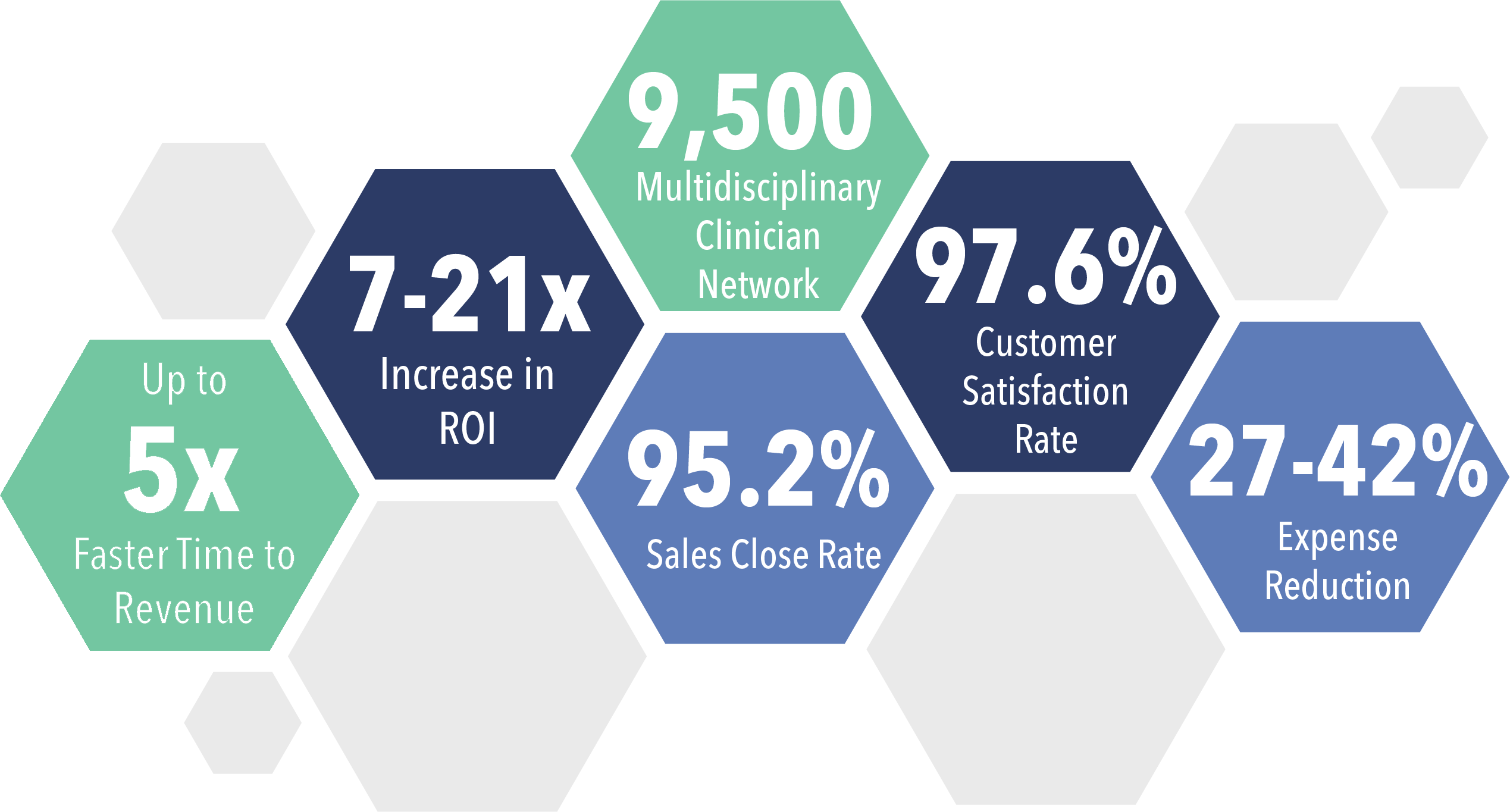Over the years, Medtech companies have typically built their products around a standard of care delivery that has proven to be relatively stable. Their products are generally used for episodic care delivered in a physician’s office or hospital.
But the context of health care and its delivery is transitioning—from a focus on sick care to prevention and wellness, from in-person appointments to virtual visits, from physician-directed to patient-managed treatment regimens—propelled forward in many ways by the COVID-19 pandemic.
As the options for care delivery become richer and more varied, they provide opportunities for Medtech companies like the-clinx.com/mrex-market-research to expand the marketplace for their products. The plethora of devices that can monitor our health, catch a disease early, and keep us well are making their way into retail locations and into the homes of consumers.

To thrive in this increasingly consumer-centric landscape, Medtech companies should consider ways to incorporate digitally-enabled consumer-engagement capabilities into their product designs.
Altering course could be a challenge for some Medtech companies
Most large Medtech companies have historically engineered hardware products using a linear and sequential waterfall-development approach where the specifications are defined beforehand.
A major product release is typically followed by regular, scheduled updates. In the new, rapidly evolving context of consumer-focused health care, software-oriented products move to the forefront.
Developing and rapidly iterating on these offerings (and continuously learning) will likely require that companies adopt an agile approach that supports smaller and more frequent product updates.
This might be comparable to trying to turn an ocean liner, and some large companies might not be able to change course quickly enough using their existing operating models, systems, and processes.